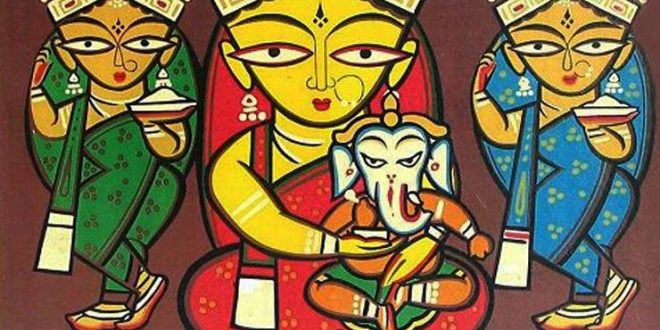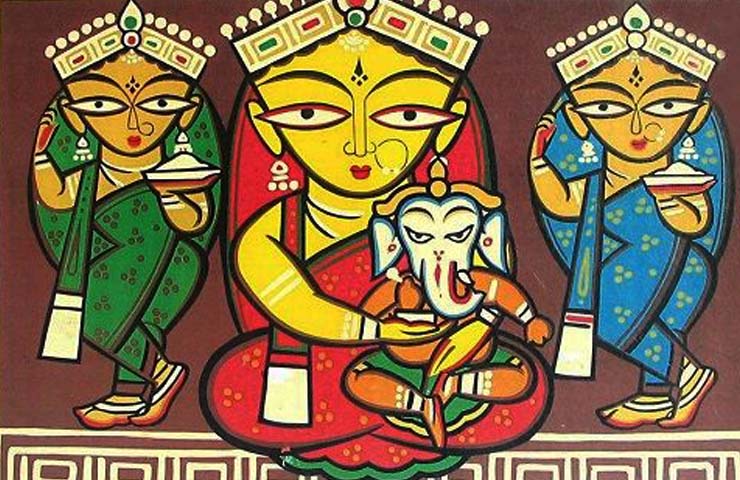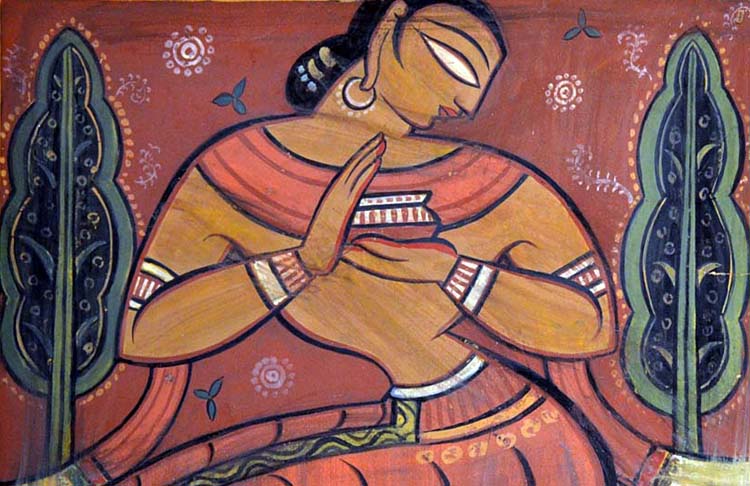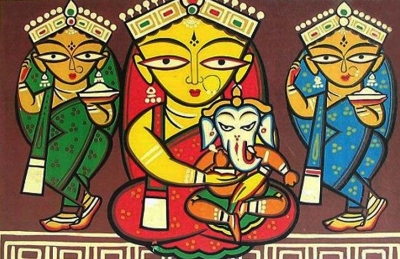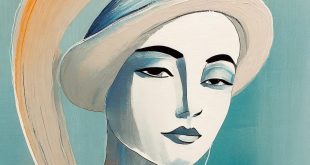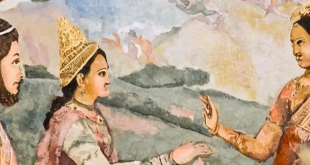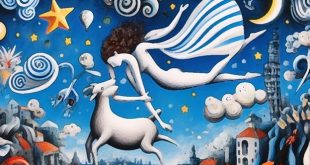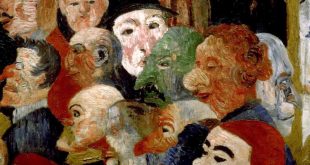When artistic originality it’s a Indian contribute.
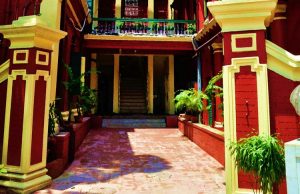 Visiting Kolkata, you too can discovery the diversity of India and its civilization. Set amid palms and manicured lawns, this religious centre Belur Math is inspired by 19th-century Indian sage Ramakrishna Paramahamsa, who preached the unity. Several smaller shrines (near the Hooghly riverbank), include the Sri Sarada Devi Temple. The stately 1784 family mansion of Rabindranath Tagore has become a museum to India’s greatest modern poet. There’s a gallery of paintings by his family and contemporaries. Reared to perfection by a speciality Bengali chef, restaurant Kewpie serves impeccably tradition. This is a Kolkata gastronomic institution, where you too can discover dining here feels like a lavish dinner party, in a gently old-fashioned home.
Visiting Kolkata, you too can discovery the diversity of India and its civilization. Set amid palms and manicured lawns, this religious centre Belur Math is inspired by 19th-century Indian sage Ramakrishna Paramahamsa, who preached the unity. Several smaller shrines (near the Hooghly riverbank), include the Sri Sarada Devi Temple. The stately 1784 family mansion of Rabindranath Tagore has become a museum to India’s greatest modern poet. There’s a gallery of paintings by his family and contemporaries. Reared to perfection by a speciality Bengali chef, restaurant Kewpie serves impeccably tradition. This is a Kolkata gastronomic institution, where you too can discover dining here feels like a lavish dinner party, in a gently old-fashioned home.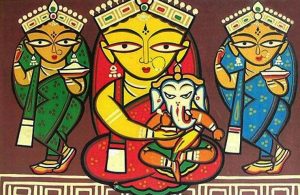
He realised that he needed to draw inspiration from his own culture, so he looked to the living folk art for inspiration. His works can be found in several private and public collections, institutions and museums all over the world (such as Lalit Kala Academi in Delhi and museums in Germany and the United States of America). His paintings were first exhibited in 1929, and the artist also had notable solo exhibitions in London and New York. It occurred to JAMINI ROY that painting on a woven mat might make for an interesting mosaic-like surface. By the early 1930s, he made a complete switch to paint on cloth and wood coated with lime (such as the textures he found in Byzantine art).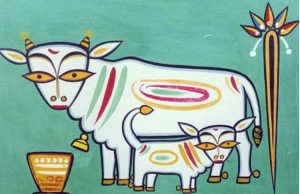
He spent most of his life in Calcutta, and began his career as a commissioned portrait painter. During the 1940s, his popularity touched highs, with the Bengali middle class and the European community becoming his main clientele. JAMINI ROY loved to capture the essence of simplicity, for him always embodied in the life of the folk people. He wished to make art accessible to a wider section of people. In 1976, the Ministry of Culture of India declared his works among the “Nine Masters” whose work to be considered to be art treasures.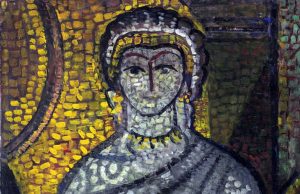
The property of the images that appear in this blog correspond to their authors. The sole purpose of this site, is to spread the knowledge of these artists and that other people enjoy their works.
 Meeting Benches World art in all forms
Meeting Benches World art in all forms
